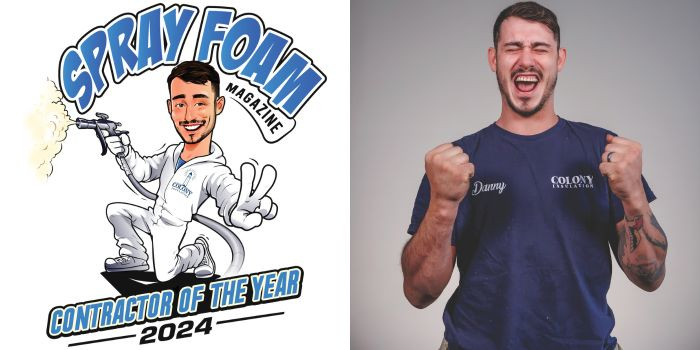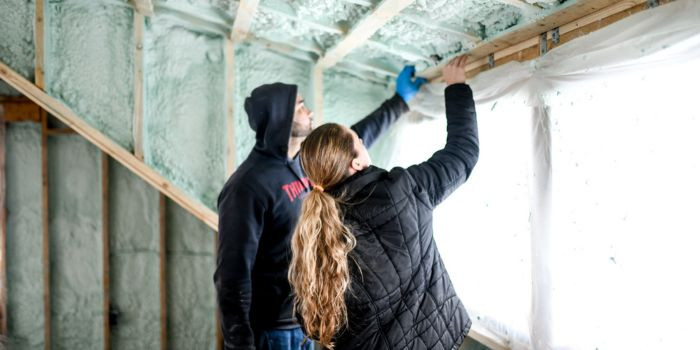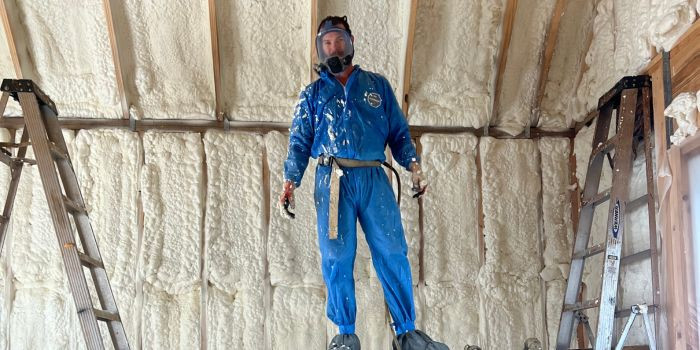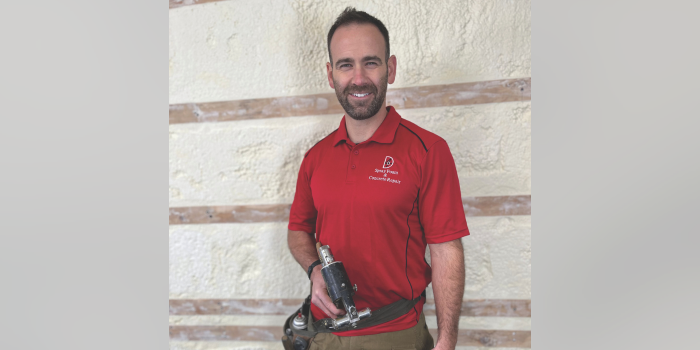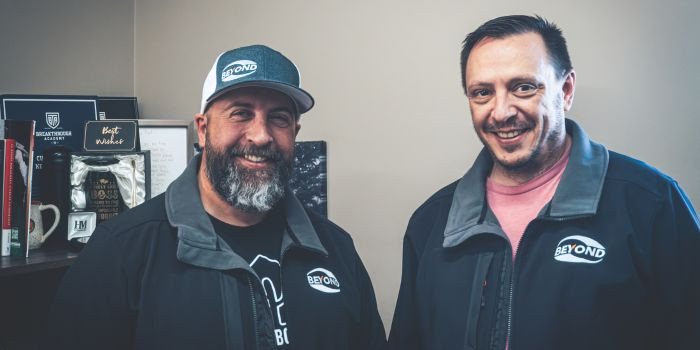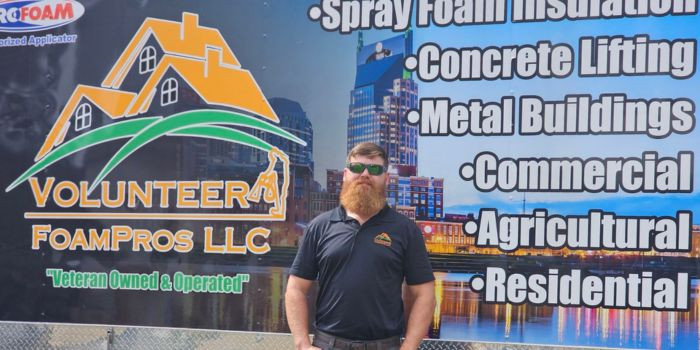Coffee Talk
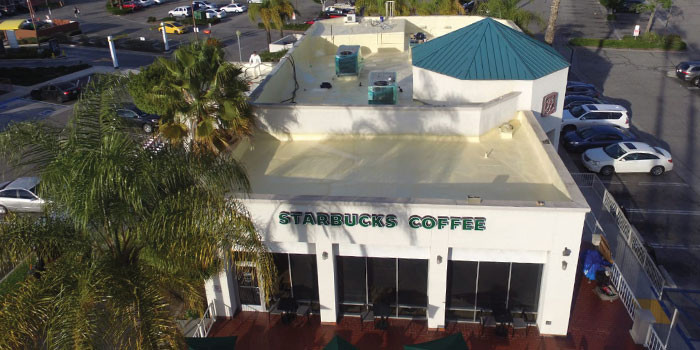

Spring 2020 – Spray Foam Magazine – What do a leaking roof, a coffee shop and spray foam all have in common? We spoke with Ron Mor, CEO of Los Angeles, California based Ocean Seven Roofing Inc., to find out.
Starbucks, love it or hate it, can’t be ignored for the recent efforts the company is making towards environmental sustainability. Kevin Johnson, Starbucks’ chief executive officer, recently announced they wanted to, “Give more than we take from the planet. Our aspiration is to become resource positive, storing more carbon that we emit, eliminating waste, and providing cleaner freshwater that we use.”
Spray foam insulation is also lowering the negative impact on the environment by helping reduce a building’s emissions, improving energy efficiency, opting not to use any synthetic blowing agents or ozone-depleting materials and preventing air leaks, which reduces a building’s energy loss by 40 percent.
Ocean Seven Roofing, Inc. services include roofing, insulation, cool roof, and polyurea application. The company was established in 1994 and it is still family-owned and operated, covering both residential and commercial projects. This particular project was a Starbucks in Baldwin Park Town Center, Los Angeles, which had suffered a deterioration of the roof when the weather cap sheet became torn in areas, resulting in a roof leak. Cap sheet roofs have layers of material glued together with hot asphalt, with a roll of mineral surface glued with asphalt to the top instead of gravel. This type of roofing was often placed on flat roofs in the past, with many of these older roofs requiring an update.
The entire spray area was 4,500 square feet and the crew’s brand of choice was Icynene-Lapolla. The client specified spray foam insulation and a roof coating for its waterproofing and sealing membrane around the penetrations.
Along with his crew of three, Ron prepped the job by first removing all the dust and debris from the roof by power-washing it and then applying primer. After cleaning up the existing asphalt build-up cap sheet roof membrane, the primer they used was Lapolla’s Thermo-O-Prime Black.
To meet code requirements, the crew applied one layer of Thermo-O-Prime Black roof membrane and polyurethane foam was the second and final layer. Ron highlighted the fact it was also a fire rated roof membrane. The crew sprayed one inch of Lapolla 2500 foam and used two sets of closed-cell 2.5 pound foam, over which they applied two gallons TF 1001 White Reflective Elastomeric Coating, resulting in 20 mil coats. The equipment they used to install the foam was a 16-foot rig with Graco’s E20 reactor and pump, A and B side generator and a Honda air compressor with fusion gun and 300 feet of heated hose.
Ron takes safety on the job very seriously and the crew’s toolbox talk consisted of going over OSHA safety points and talking about work processes. The PPE consisted of safety harnesses, respirator masks. hard hats, safety glasses, coveralls, gloves and pro-2 film laminated polypropylene front zipper serged seams with xl white disposable zipper.
The Starbucks was situated in a busy shopping center, and it was open when the team were working, so, they had to be extra careful of overspray on pedestrians and cars either parked or pulling up at the drive-thru. They used wind blockers and all of the safety precautions to protect the people and vehicles below.
The entire job took one week, and the crew were happy to experience a week of constant sunshine on this job. It was made even sweeter due to the free regular coffee Starbucks gave the crew. Ron noted, “The customer service from the employees at Starbucks was awesome.”
The client was extremely happy with a job well done and Ron and his team were satisfied a commercial building’s roof will be leak-free for years to come. Who knows if Starbucks will specify SPF to mend any of their other buildings, but one thing’s for sure, if they do, they would be making one more big environmentally sustainable step in the right direction.
Disqus website name not provided.



